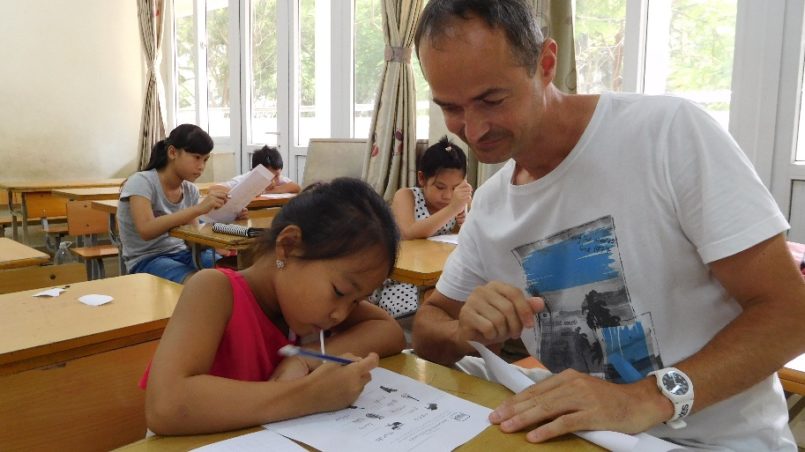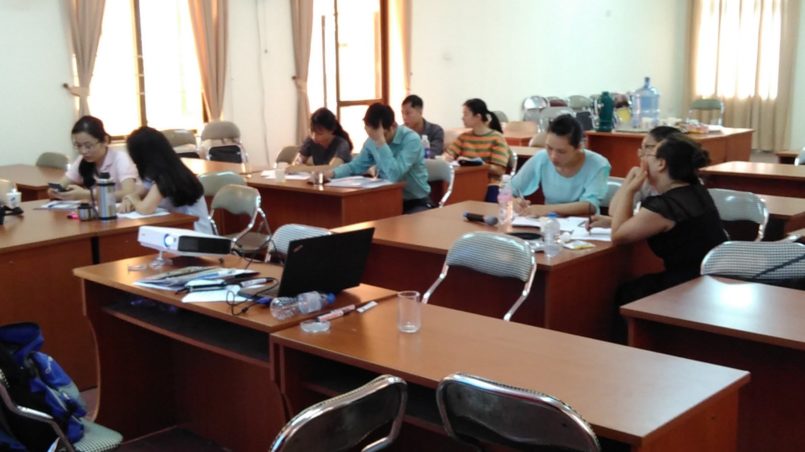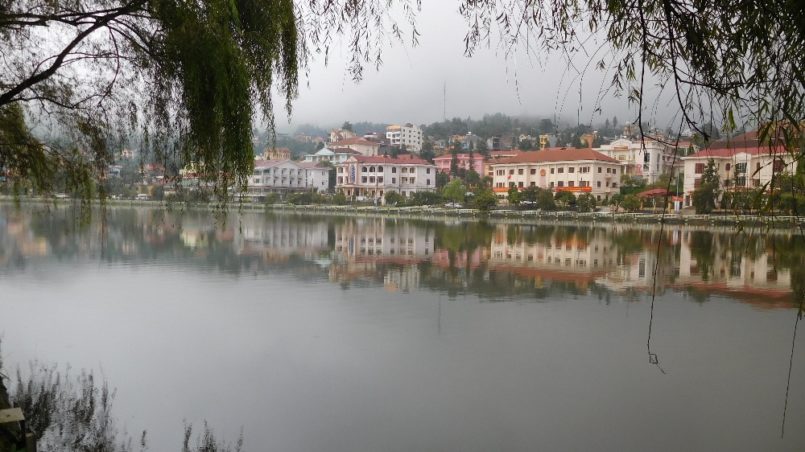Vietnam – The Return
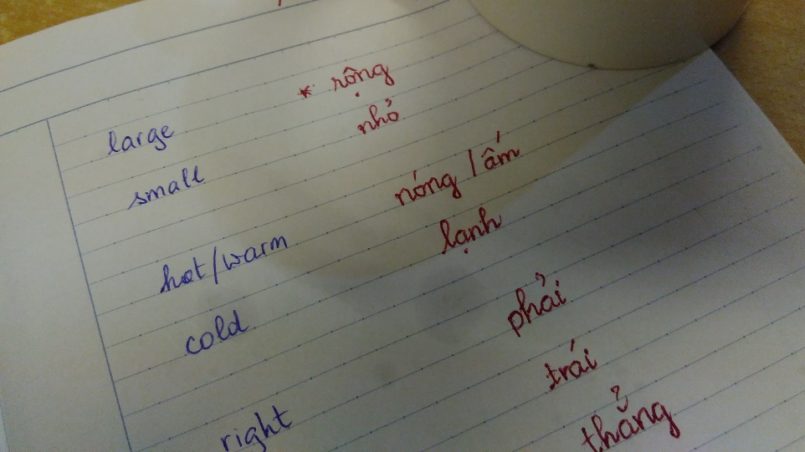
I realised my plan to return to Vietnam (see my series “I am here because I care”) and, for a week now, I have been teaching children and students in Hanoi once again.
The schools and university are still on holiday until the end of July but in the community classes, which are quite similar to adult education courses, English is also taught in the holidays. Lessons are given in a very big school near the volunteer house.
In the morning I teach children between the ages of five and ten with other volunteers. In the afternoon there are courses for students of various levels.
Summers in Hanoi are hot and the temperature rarely falls below 30 degrees – a fact which shows how admirable the efforts of the children and students are who use their holidays to improve their English.
Every Wednesday afternoon a meeting of volunteers with members of the VPV (Volunteers for Peace Vietnam) takes place to discuss the teaching plan for the following week.
In the last fortnight, we have discussed the topics of sport and music with the children. Considering the heat and the early hour – lessons begin at 8 – their level of concentration is understandably limited and we try to keep the children happy with several breaks in the school yard.
With ‘word search’ games and other material based on games, we are usually successful in awakening the ambition of the children to improve their vocabulary and English skills.
Every week in the lessons, we discuss a current topic. The good level of English enables interesting discussions and gives us a chance to find out how the youth of Vietnam think about topics such as religion or LGBT.
It is the optimistic mood and the openness of this age group which has amazed me since my first stay. The population pyramid shows the significance of this socio-demographic group and explains the positive economic perspectives for Vietnam. Already in 2015 the Vietnamese economy grew by 6.7% and for this year an increase of 6.5% is expected (Source: Rongviet).
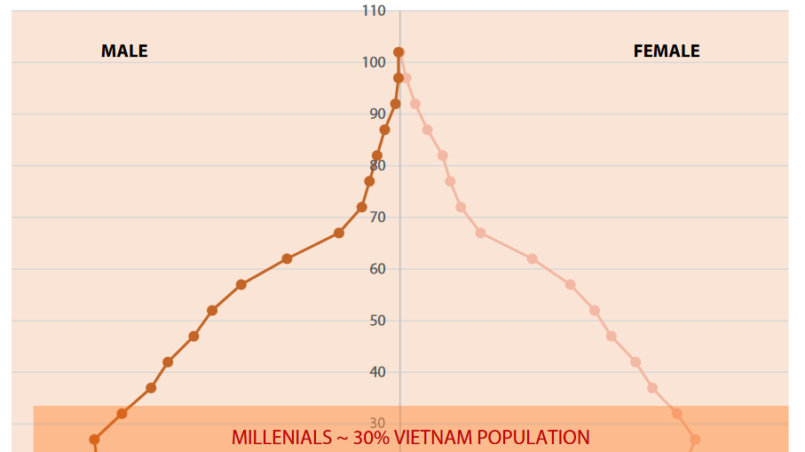
In addition to my activities as a volunteer, I dedicate a considerable part of my time to preparing a project the aim of which is to promote education by building schools in the poor regions of Vietnam. I am confident that I will be able to provide you with more details about this exciting project soon.
Thrilling diversity
After I taught the so-called community classes in the holidays, my work at the ‘University of Natural Resources and Environment’ began on Monday. As the university is still in its start-up phase, I currently hold lessons with teachers as well as employees of the Ministry of the Environment and related institutions.
The employees enjoy this continuing education as a part of their working time and are highly motivated. After a detailed round of getting to know each other, today we thought about topics, which we, and especially our students, want to talk about in the next couple of weeks. The list includes political topics such as the US American presidential election campaign, economic issues, such as the “Brexit”, but also many social topics, like parenting and education.
After a short phase of settling down, which I used to re-establish the contacts from my last stay, I was once again filled with the enthusiasm and joy, which led me to come back here only two months after my departure. Like the last time, it is the little things which make life here so special.
After spending last weekend in Sapa (see below), I will stay in Hanoi this weekend and spend time with my friends and students.
As I expect to possibly be in Vietnam on a regular basis in the near future, I have now decided to learn at least a few basics in Vietnamese. Although the language has the same letters as ours, it is the different dots, roofs and lines below and above the letters, so-called Diacritic signs, which make learning (and pronouncing) it so hard for us. Vietnamese is a tonal language; the pitch and the flow of the pitch in the pronunciation of a syllable are decisive for the meaning of a syllable.
All of these challenges have not discouraged me and it is my objective to be able to order my coffee (cà phê) in Vietnamese soon.
Trip to Sapa
Last weekend I made an excursion to Sapa. Sapa is a city in the province of Lao Chai in the North of Vietnam, which is known as the starting point of hiking tours and as a region in which many ethnic minorities live. We travelled there by (an actually very comfy) sleeping bus. A smaller bus finally brought us to our destination after an almost eight-hour journey. The return journey was with a seemingly old fashioned, but totally comfortable night train.
There also is a never-ending number of massage parlours, which try to win customers with, above all, herbal baths.
The centre of the village is the main square with a church and a stadium-like building, where concerts are performed at weekends and which is otherwise the meeting point for locals and tourists. After dusk the streets become livelier and many street sellers offer fruit, handicrafts and textiles.
The view to the lake, which is not far from the main square, is more reminiscent of Switzerland than of the mountainous region of Vietnam.
On the second day of my stay, I took a trip to a small village outside of Sapa. Local residents willingly accompanied us through rice fields and also showed us their homes with a cooking place, which demonstrates how simple one can live.
Life in the volunteer house can also be called simple – I sleep in a room with three bunk beds, whereby the rooms are not fully occupied most of the time.
In the attic there is a washing machine, which has seen better days, and numerous notes that are affixed to all of the doors remind us that (even more) rats than already live in the volunteer house would probably be attracted if the doors were open.
But all of this does not change the atmosphere in the house. At midday and in the evening a Vietnamese chef cooks, and the wide choice of food is still a delight every time even after the ninth week in Hanoi.
Otherwise I eat ‘street food’ regularly, whereby I have a new favourite dish since the weekend – it is called ‘bun cha’, a dish of noodles and grilled pork, which is served as a kind of soup.
Prospects
What’s going to happen?
I will stay here in Vietnam for longer. My enjoyment of volunteering is still unbroken and working with children and young people is still as fascinating as on the first day. Also, I want to experience more of this positive optimistic mood, of this eagerness to learn and zest for life, and, above all, of this openness and warmth. And most importantly, I can best support my school project, which I will tell you more about in my next report, when I am here in Vietnam.
If you are already curious, you can visit and hopefully LIKE our Facebook page @saobienrromforeducation before I publish my next reports.
See you soon!
Pictures: Thomas Farthofer, CC BY-SA 4.0
Credits
| Image | Title | Author | License |
|---|---|---|---|
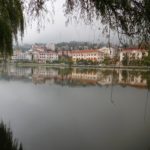 |
bild4 | Thomas Farthofer | CC BY-SA 4.0 |
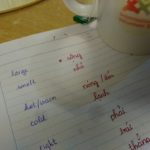 |
First attempts to learn the language | Thomas Farthofer | CC BY-SA 4.0 |
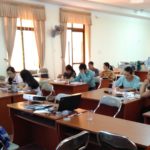 |
Classroom | Thomas Farthofer | CC BY-SA 4.0 |
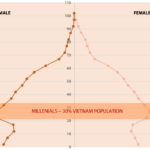 |
population pyramid | Thomas Farthofer | With the kind permission of Viet Dragon Securities (Hieu Nguyen) |
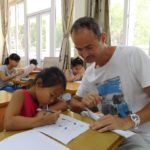 |
Classroom | Thomas Farthofer | CC BY-SA 4.0 |

